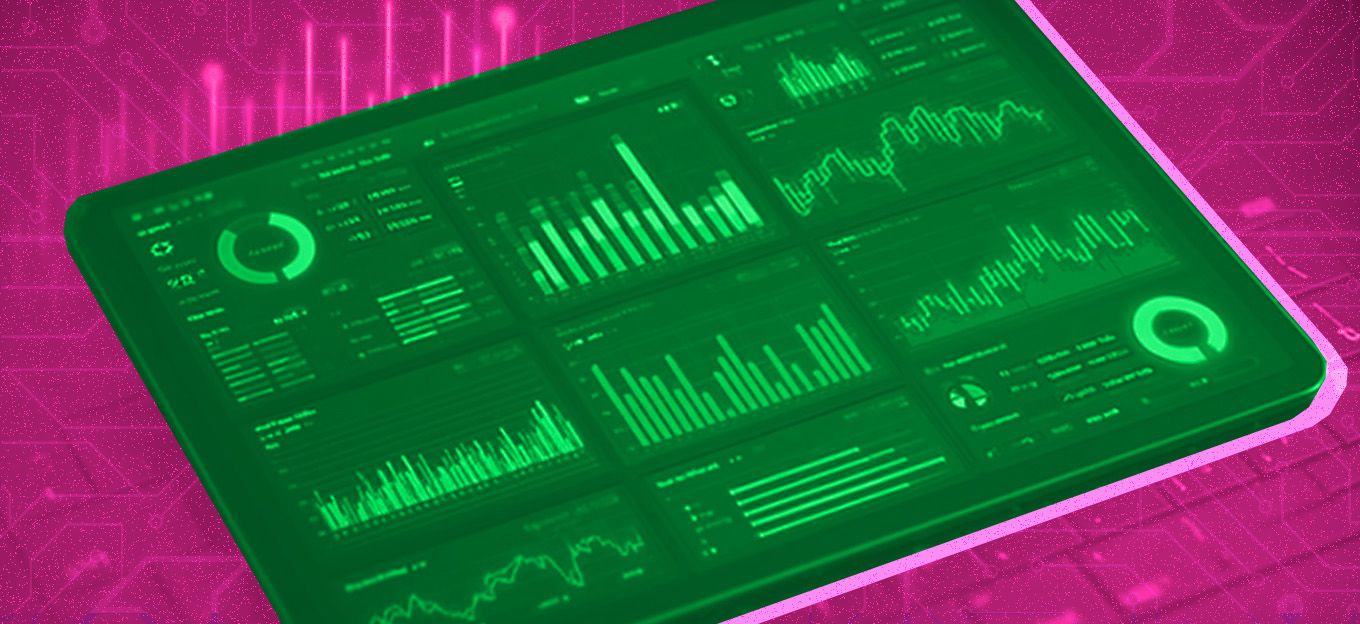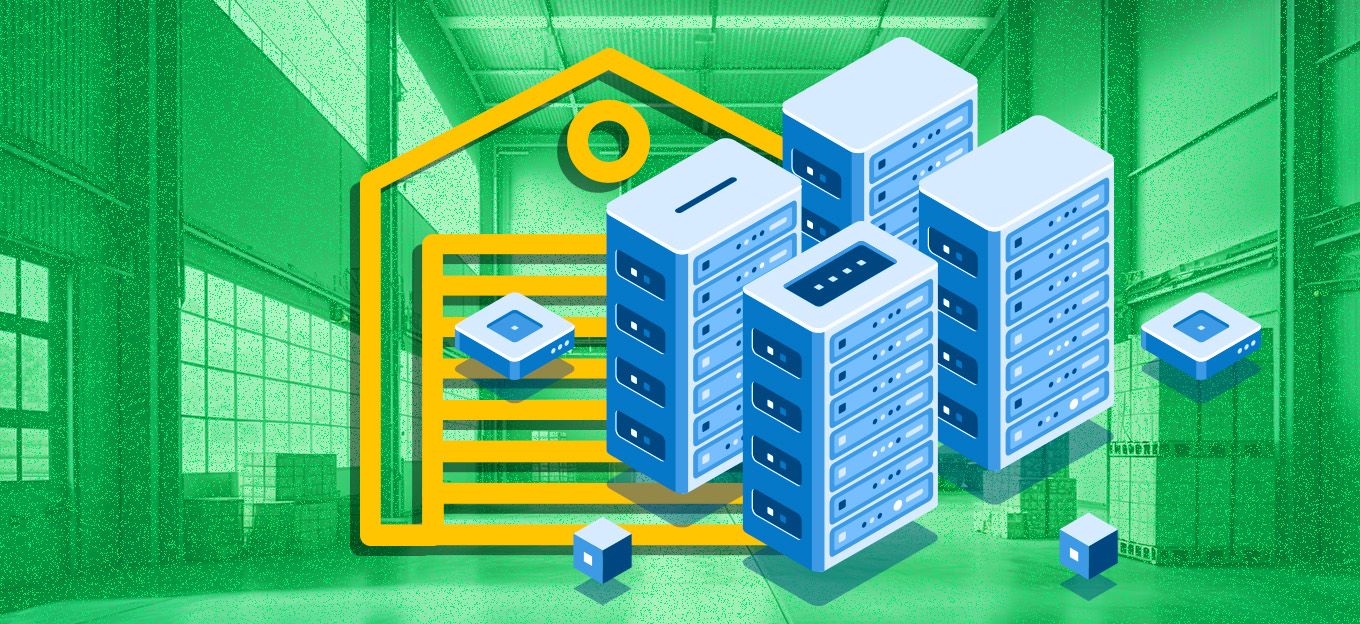Harnessing IoT with Operations Performance Management
Harnessing IoT with Operations Performance Management
- Last Updated: December 2, 2024
Guest Writer
- Last Updated: December 2, 2024



The Internet of Things (IoT) has boundless potential to revolutionize everyday life. We already utilize it more than we’re aware of and the number of connected devices and services is increasing exponentially. In 2015, there were about 15.4 billion connected devices. According to IHS, this number will grow to 30.7 billion in 2020 and 75.4 billion by 2025. Regardless of how precise those predictions are, we're talking about billions of devices at any rate.
However, capturing the true potential of IoT requires operationalizing the data generated from devices in context with operational workflows. Operationalizing data from a variety of different connected devices, OT, and IT systems is no simple task. Bringing that data together and delivering it to users in real-time and in the context of their operational workflows is even harder.
Operationalizing IoT Systems Is Hard
While big data and advanced analytics have done a lot to help us understand the dynamic nature of built environments, we’ve still struggled to operationalize this information in the daily work that takes place in smart environments (e.g. smart hospitals or smart buildings).
The fragmentation of workflows across multiple systems—and the challenges of understanding how people experience built environments and a deluge of available data—prevents meaningful transformation of these aforementioned smart spaces. Organizations that focus on interweaving people, process, and things need to develop a smarter way of working within the built environment. That’s where Operations Performance Management (OPM) comes in.
IoT-enabled organizations need to develop a smarter way of working within and operationalizing the built environment. That’s where #Operations Performance #Management (#OPM) comes in.
What is Operations Performance Management (OPM)?
Operations Performance Management (OPM) puts the power in the hands of the people, empowering workers to take action based on context-rich and real-time information about their smart environment. OPM enables the real-time orchestration of people, systems and things that unlock the true growth potential of IoT.
Operations Performance Management for IoT systems provides a birds-eye view into discrete built environments. It also offers smart building and hospital operators the ability to dive deeply into data insights with valuable operational intelligence.
With OPM, operators can implement predictive modeling and conduct self-tuning exercises for their real estate assets and in-building processes. This drives better outcomes for businesses as well as better experiences for the tenants residing and working within those buildings.
OPM ensures that all business units within an organization are aligned and working together to achieve core business goals. Operations Performance Management enables IoT system managers to establish clear links between operational key performance indicators and critical business metrics. The resulting 360-degree view into an organization helps decision makers evaluate, assess, plan, prepare, predict and ultimately save on operational costs and maintenance needs.
It’s no longer just about the platform—applications designed specifically to address the biggest problems facing smart hospitals and smart buildings will make it easier than ever to see a meaningful digital transformation. In one hospital, OPM has empowered one leading hospital network to reduce code blues (the code signaling risk of cardiac arrests) by 61 percent. It helped another hospital realize an annual savings of $2.7 million and an annual ROI of 900 percent.
OPM is changing the ways that people interact with their environment. It’s now possible to gain real-time and context-aware insights into how a built environment is operating. Doctors, administrators, and building operators can respond to a patient or tenant’s experience and receive recommendations on how to improve—in real- or near-real-time.
Ultimately, building connections between people using the smart devices that surround us every day yields more positive results for building owners and operators. And it also benefits the people living, working, and receiving care within built environments. OPM can help businesses realize their IoT deployment model’s true potential while paving the road for connected smart cities. Together, we can make cities smarter, buildings more automated and energy efficient, and hospitals and workplaces safer.
By Sandy Mangat, Director of Product Marketing, ThoughtWire
The Most Comprehensive IoT Newsletter for Enterprises
Showcasing the highest-quality content, resources, news, and insights from the world of the Internet of Things. Subscribe to remain informed and up-to-date.
New Podcast Episode

Moving Past the Pilot Phase in IoT and AI
Related Articles





